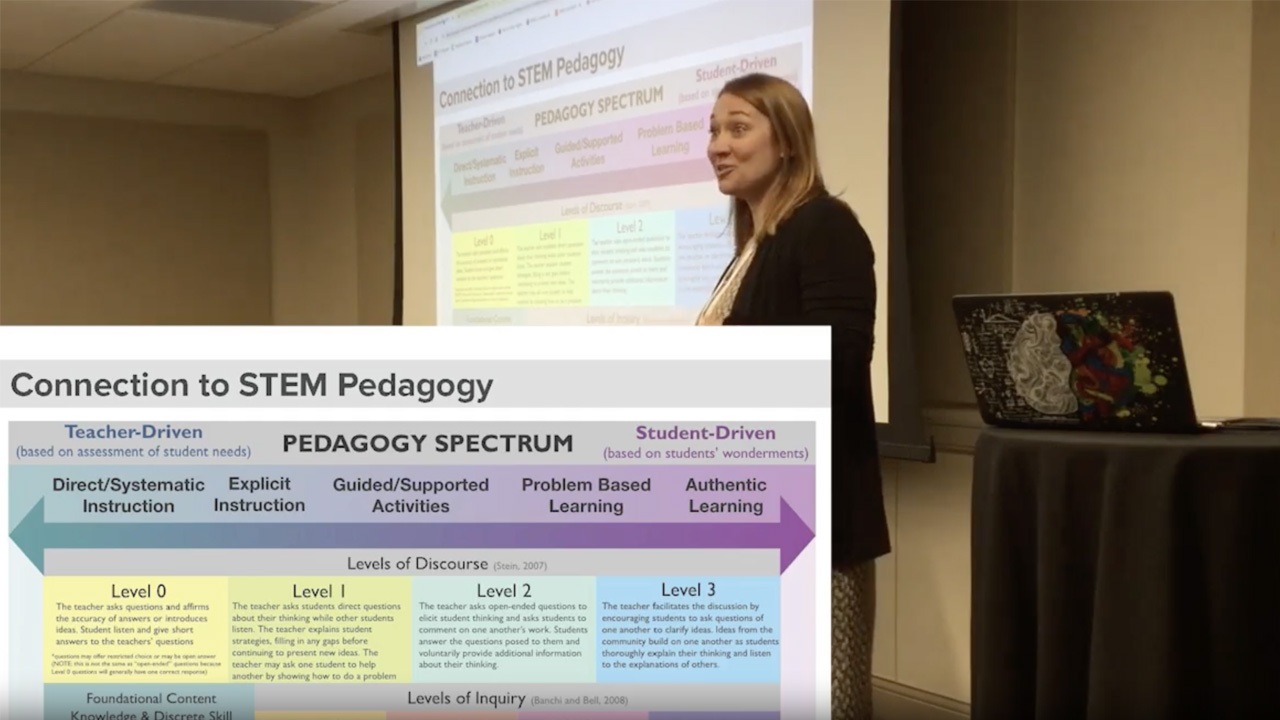The U.S. Department of Education (ED) plays a crucial role in shaping education policy, funding initiatives, and ensuring equity across K-12 schools and higher education institutions. However, discussions around downsizing or even eliminating the department raise concerns about how schools and teacher preparation programs at colleges of education will function in its absence. While some argue that decentralization could provide states and local districts with more autonomy, the potential consequences include reduced federal funding, fewer opportunities for important educational research, weaker oversight of educational equity, and inconsistent teacher training standards. In this context, what could help schools and colleges bridge critical gaps in teacher development and instructional effectiveness?
The Potential Consequences of Downsizing the U.S. Department of Education
1. Reduced Federal Funding for Schools and Teacher Preparation Programs
One of the most immediate consequences of downsizing ED would be the loss or significant reduction of federal funding, particularly for programs that support low-income schools and teacher preparation initiatives. Federal grants such as Title I (which supports schools serving economically disadvantaged students) and Title II (which provides funding for teacher training and professional development) may be scaled back or eliminated, placing a greater financial burden on states and districts. Without federal support, teacher preparation programs at colleges of education could struggle to provide high-quality training experiences, including video-based coaching and assessment methodologies that have been shown to improve teaching practices.
2. Inconsistent Teacher Preparation Standards
Currently, ED plays a role in setting guidelines and accountability measures for teacher preparation programs across the country. A reduction in federal oversight could result in inconsistencies in how teachers are trained, leading to disparities in instructional quality from state to state. Colleges of education may need to seek alternative solutions to ensure their teacher candidates receive high-quality training and feedback.
3. Challenges in Implementing Evidence-Based Teaching Practices
ED supports research-driven teaching methodologies and the implementation of evidence-based instructional strategies. Without federal oversight and funding, school districts and teacher training programs may find it harder to adopt and maintain high-impact teaching practices, especially those requiring significant investment in professional development and instructional coaching.
4. Impact on Special Education Students
Special education students, who rely on federally funded programs and support services under the Individuals with Disabilities Education Act (IDEA), may be disproportionately affected by ED downsizing. Reduced funding or a shift of funding to agencies that don’t have expertise in education, could lead to fewer resources, specialized staff, and training opportunities for educators working with students with disabilities. Ensuring that teachers receive high-quality professional development in inclusive teaching practices will be crucial to maintaining educational equity for special education students.
How Cost-Effective Technology Can Help
Given these potential challenges, innovative technology solutions like Vosaic can provide critical support to schools and teacher preparation programs by offering affordable, scalable, research-based tools for professional development, instructional coaching, and self-reflection.
1. Enhancing Teacher Coaching and Professional Development
Vosaic enables teachers, instructional coaches, and teacher educators to record classroom interactions, tag key moments in lessons, and provide timestamped feedback. This technology allows for:
- Research-based AI Feedback: Teachers and coaches can receive immediate feedback from AI-powered video analysis
- Asynchronous Coaching: Teachers can receive detailed feedback without needing in-person observations, making professional development more flexible and cost-effective.
- Self-Reflection and Peer Collaboration: Teachers can analyze their own instructional practices and collaborate with peers to refine their teaching techniques.
- Data-Driven Insights: Vosaic facilitates the collection of objective video data, aligning with evidence-based teaching methodologies that promote continuous improvement.
2. Supporting Teacher Preparation Programs in Colleges of Education
With potential reductions in federal funding and oversight, colleges of education may struggle to maintain high-quality, research-backed teacher training. Vosaic can help in several ways:
- Objective Assessment of Teaching Candidates: Professors and mentors can use video analysis to assess teacher candidates’ instructional strategies, ensuring they meet high standards regardless of changes in federal policy.
- Standardized Evaluation Frameworks: Using Vosaic, colleges can maintain consistency in teacher preparation by establishing a clear and reliable framework for evaluating instructional effectiveness.
- Remote Supervision for Student Teachers: Vosaic allows for virtual observations, reducing the logistical challenges associated with in-person student teaching evaluations and broadening access to high-quality supervision.
3. Addressing Educational Equity Challenges
One of the biggest concerns with downsizing ED is the potential widening of achievement gaps in underfunded schools. Vosaic’s technology can help address these inequities by:
- Providing Cost-Effective Coaching for Underserved Schools: Schools with limited budgets can use Vosaic to provide high-quality coaching and feedback to teachers, improving instructional practices without the need for expensive, in-person coaching models.
- Identifying Best Practices for Diverse Classrooms: Video-based professional development enables schools to analyze teaching strategies that work best in diverse settings, ensuring that all students receive effective instruction.
- Supporting Special Education Training: Vosaic can help educators refine their skills in differentiated instruction, classroom management, and inclusive practices by providing video-based feedback on their interactions with special education students.
Conclusion
While the downsizing of the U.S. Department of Education presents significant challenges to K-12 schools and teacher preparation programs, technology like Vosaic offers a way to mitigate some of these risks. By providing cost-effective, scalable solutions for instructional coaching, teacher training, and professional development, Vosaic can help ensure that educators continue to receive high-quality support—even in the absence of strong federal oversight. As education policy shifts, it will be crucial for schools and colleges of education to leverage technology to maintain instructional excellence and promote equitable learning opportunities for all students.
If your school or teacher preparation program is concerned about the impact of budget cuts, Vosaic can help you do more with less. Contact us today to explore how Vosaic can support your teachers and students, no matter what changes may come.



